Roofing cement can create a barrier that prevents water from getting through it. It is usually used to prevent leaks and to patch up surfaces. It is made from various components and chemicals so you might be wondering if it is toxic to plants in your yard. To answer your question we conducted thorough research and here's what we found.
The toxicity of roofing cement depends on the type and components used for manufacturing it. For example, SoySeal is made with non-toxic chemicals. Some roofing cement and tar contain petro-based chemicals that might contain trace amounts of asbestos. It is not recommended to be used close to plants due to leaching.
In this post, we have carefully researched the question to provide you with all the information you will need as regards roofing cement and plants. So stay put and keep reading till the end.
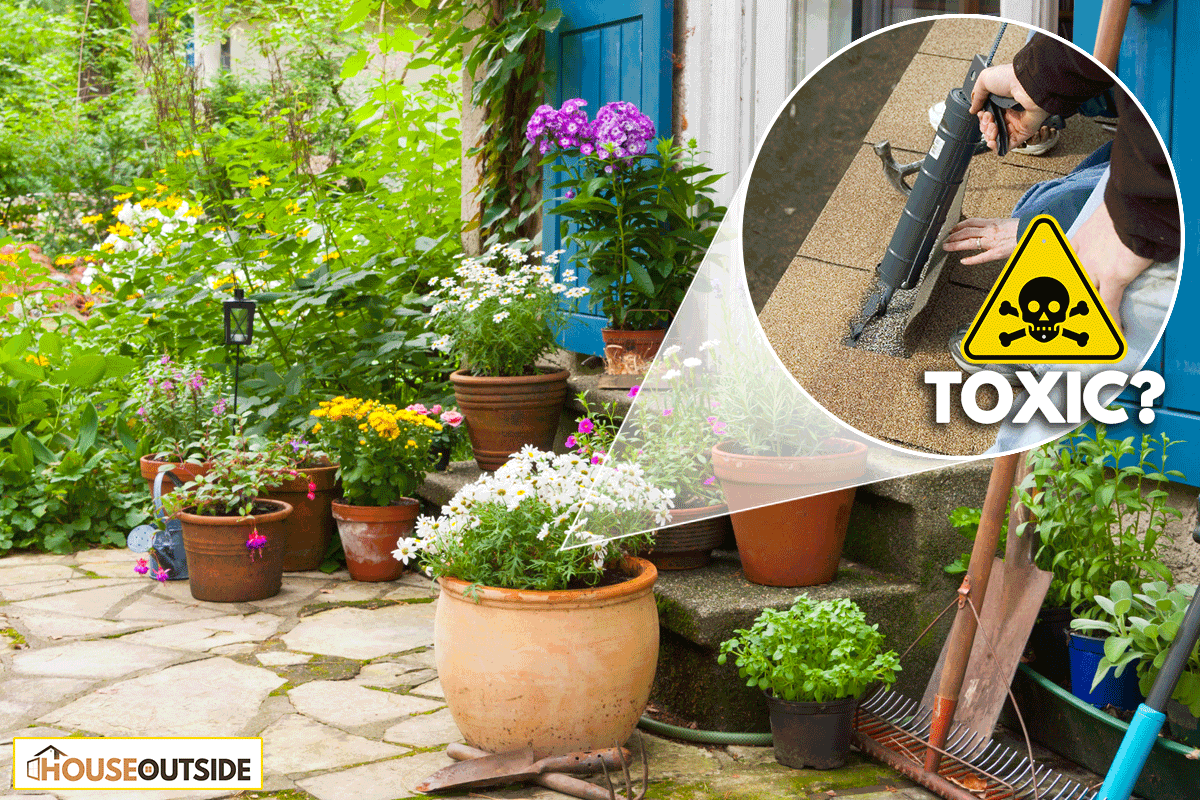
Toxicity of Roofing Cement
Several types of roofing cement were discovered as harmful to the human body and in extreme cases can even lead to death. These components in the roofing cement are also harmful to other living things like plants.
Asbestos
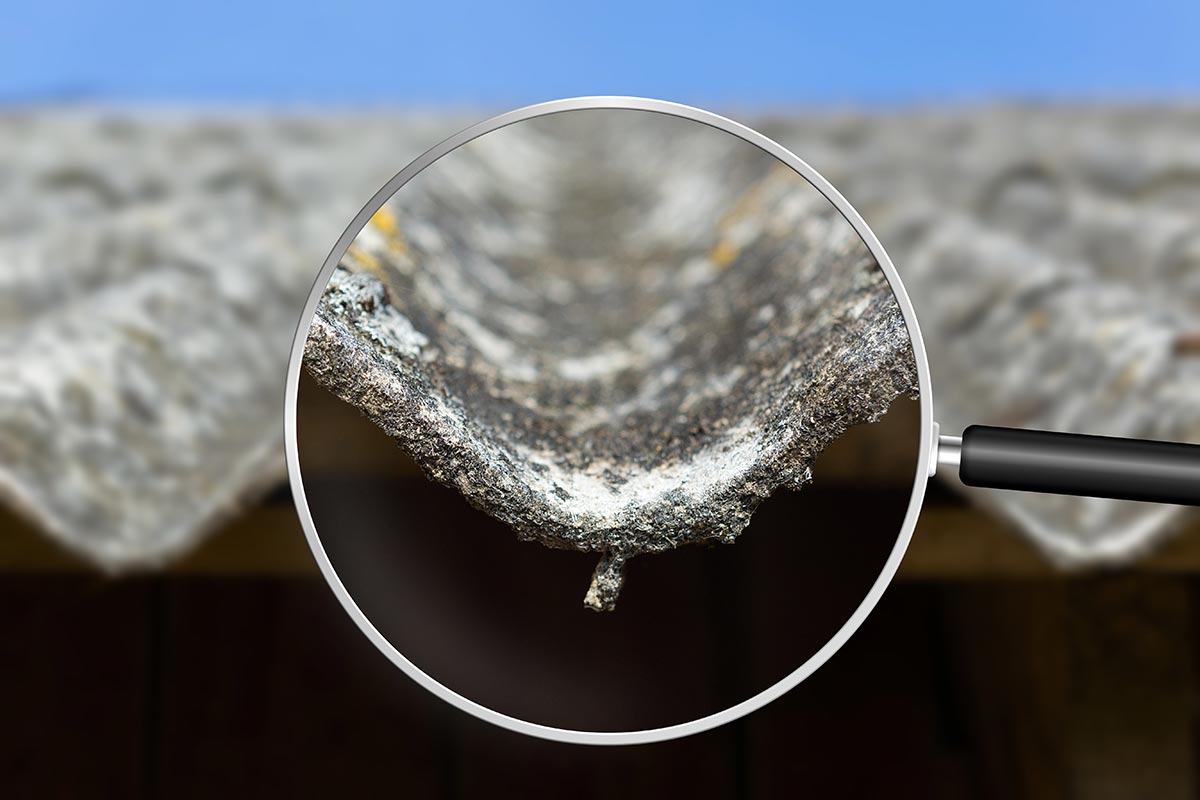
Asbestos was used for hundreds of years for almost every kind of building and even more before its harmful properties were discovered.
There have been many cases reported where people who were exposed to asbestos developed respiratory diseases. These include lung cancer and asbestosis, a conditional where the lungs become scarred with fibrous tissues. It can also cause mesothelioma, a cancer of the abdominal cavity and the lining of the chest.
Lead
Lead has been used in various areas of the manufacturing industry including roofing but nowadays the harm of lead to the body is getting more attention.
Through wear down products containing lead produce lead dust which can pollute food and water, thereby leading to lead poisoning. Lead enters the human body through inhalation or ingestion. It can be absorbed into the blood which can stimulate calcium making it cross the blood-brain barrier.
It also gathers in the bones and soft tissue and over time would cause reproductive complications, brain disorder, blindness, damage to the nervous system, kidney damage, and eventually death.
Fiberglass
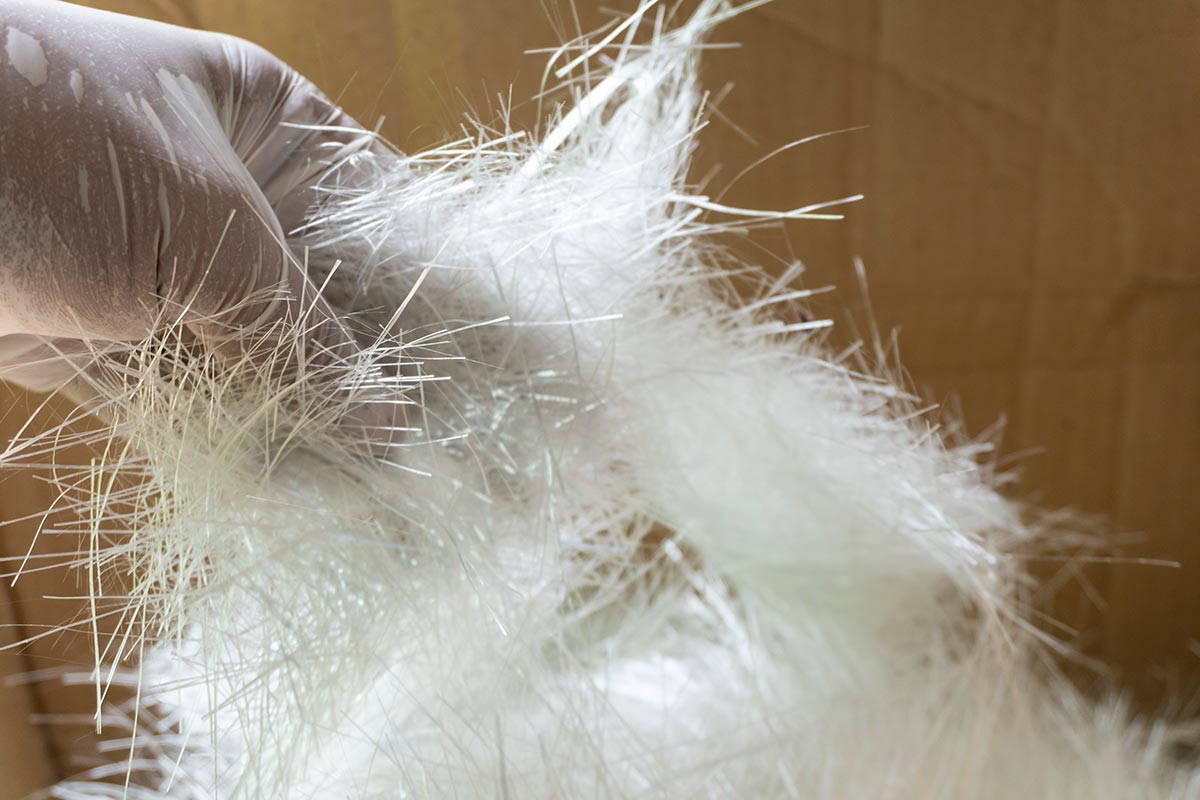
Fiberglass just like lead turns to dust through wear and enters the body by ingestion and inhalation. It causes irritation in the skin, eye, and upper respiratory tract. It also aggravates asthma and bronchitis which can lead to death.
Asphalt Shingles
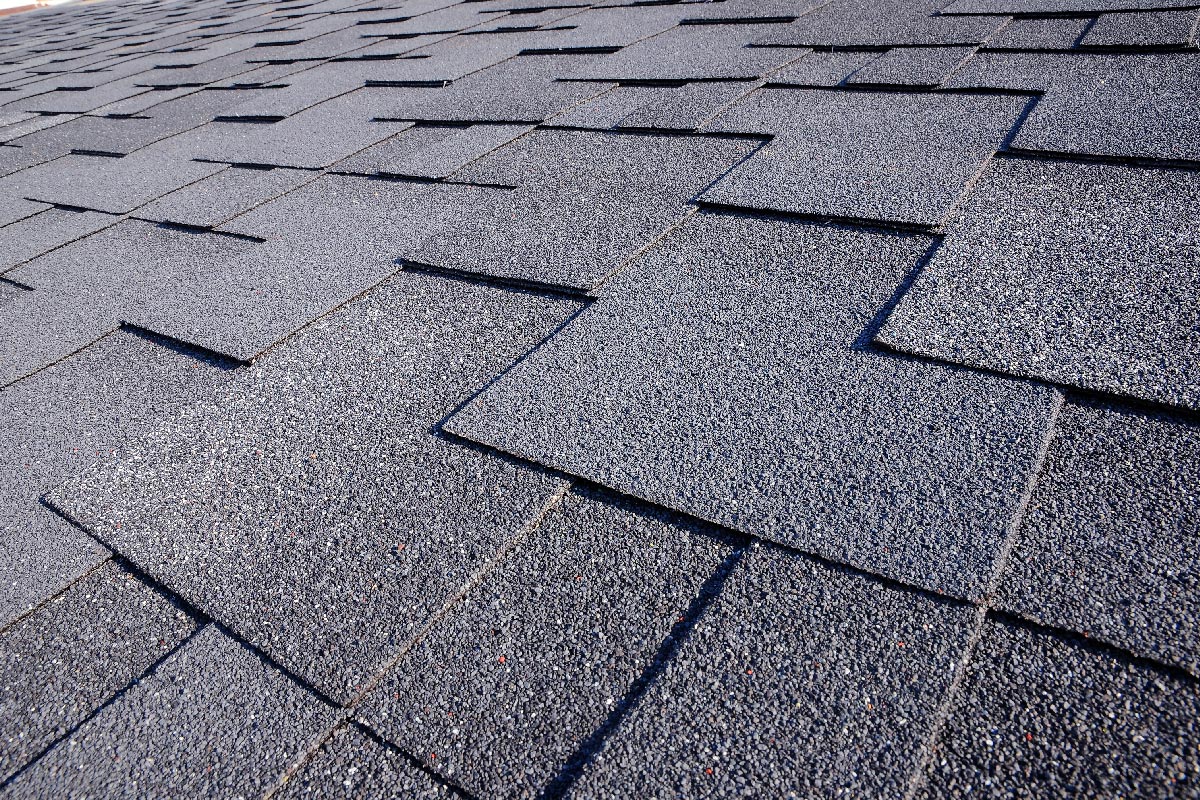
Asphalt shingles actually do not seem to be harmful when left alone but they can deposit minerals harmful to the human body when ingested like drinking rainwater that was collected through the asphalt shingles. They also produce chemicals harmful to the human body when heated or burned.
Is Roofing Cement Toxic to Plants?
Roofing cement has adhesive properties, it's sustainable and strong enough to last for a long time. However, roofing cement is not a good option for people who want to grow plants. The material can leach into plants, causing disease and death in the affected plants.
How Do You Waterproof a Concrete Planter?
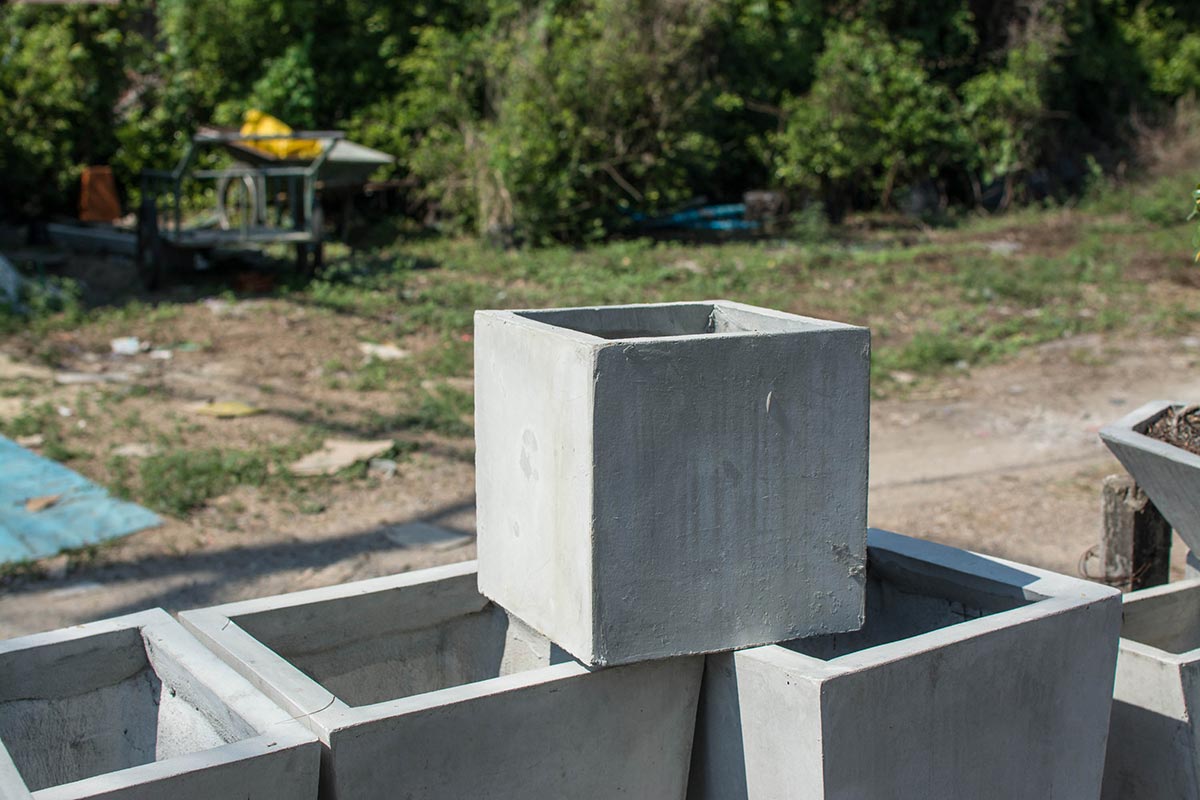
You could make your garden beds waterproof by sealing them but, for concrete, its use is more than just waterproofing the bed or planter.
Sealing your concrete makes it less porous and it stops the minerals in the concrete from entering the soil and raising its alkalinity if your plant needs acidic soils. You can use paints like acrylic paint, linseed oil, beeswax, or standard spray paint for your concrete by following this method:
- Clean the concrete pot (or planter): Wipe out dust, dirt, or even past peeling paintings.
- Apply the sealer from the outside of the planter. If you are using paint, turn the planter upside-down and start painting from the base to the top.
- Coat the inside. Let the outside dry then turn it over and coat the inside wait for it to dry then paint or spray it again to make a second coating
- Repeat the process. Wait for 1 day then repeat steps 2 and 3 again.
How to Seal Wooden Garden Beds

Consider using woods that last longer. Get woods that last long like heart redwood or cedar and are also resistant to insects, rot, and mold. The wider and thicker, the better. The wider and thicker it is the less surface area for moisture to enter.
- Seal the garden beds. Always remember to seal with non-toxic, VOC-free, carcinogen-free, eco-friendly products with no endocrine-disrupting chemicals to avoid Leaching.
- Fill up the bed seams. Use silicone to fill up spaces in between, put your finger in a paper towel and smoothen the applied silicone to remove air bubbles, excess, and gaps.
- Reduce how much contact the garden bed makes with the earth. To avoid moisture getting into your garden beds you can use well-draining gravels.
- Dig a trench, place well-draining gravel for a few inches then place your garden beds on it. It would solve the problem of gathering moisture around your garden beds and also remove instances of overwatering that cause root rot.
- Increase drainage. To also avoid the accumulation of moisture never seal off the bottom of your garden bed with material that water can't pass through like plastic linings.
Is Cement Pots Good For Plants?

Plants are usually picky, from the length of time exposed to the sun, amount of water to composition, and also the pH of the soil before it can grow well. Worrying over the safety of your plants in a cement pot is fine.
Cement pots are actually not toxic to plants. However, the lime in the cement can enter into the soil (leach) and increase the pH of the soil which can be damaging for plants that can not grow in soils that have high alkalinity.
But these can be passed over by either sealing the planter or through leaching (by water). Examples of plants that love alkaline soil are morning glory, broccoli, oregano, begonias, African violet, orchids, cabbage chives, and arugula.
Another way of turning your soil acidic while still using concrete planters is to add sphagnum moss, iron sulfate, or other organic mulches.
Concrete is made from lime( calcium carbonate), water, and aggregate (stones). Cement is dried lime. Lime would react with water to form concrete.
Can Plants Grow Through Concrete?
While walking down the street you see a plant growing out of cracked concrete. Concrete has small cracks invisible to the naked eye which is caused by weathering over time. Plants' sensitive roots would seek out cracks which would bring them less resistance towards their growth path.
During rainfalls water goes into those cracks providing the plant with nutrients for growth as time passes the growing plant would break or crack the surrounding concrete at that point is when you see the plant poking through the cracks of the concrete.
What Sealant is Safe For Plants?
In concrete, use acrylic paint or standard spray paint. Acrylic creates a thin protective film on the concrete's surface, it dries faster and is easily applied. In wooden boxes, you should look for non-toxic, eco-friendly, safe, chemical-free seals like raw linseed oil, beeswax, soy seal, beeswax, and jojoba oil.
Check out Skyorganics Beeswax on Amazon.
Is It Safe to Stain Garden Beds?
As a gardener, you would sometimes like to have your garden beds look pleasing to the eye but even though you want something that looks good you would not want a painting that can deposit harmful minerals into your soil thereby harming your plants.
If you want to stain your garden beds, check for a water-based eco-friendly safe paint that has no solvents and low or no VOCs in its formula, unlike oil-based paints.
Since most standard stains have preservatives chemicals that can leach into the soil. Go for stains that have natural waxes like beeswax and or use pigment gotten from plants.
What Do You Use to Seal a Garden Box?
For concrete, you could use acrylic paint, standard Spray paint, epoxy paint (the one used for aquariums because it is fish-safe), or paints with non-toxic minerals.
In wooden boxes, you can use natural oils and natural waxes to paint the woods and silicone to fill the crevices. Silicone is non-toxic and waterproof once it's dried.
For plants that can not survive or grow in soil with high alkalinity, exposure to roofing cement can be a stumbling block. But that does not stop gardeners from growing low-pH-loving plants.
Over the years, many building materials' harmful effects on the body have made people start looking out for better materials. Materials like asbestos, lead, asphalt shingles and fiberglass are no longer being used after their harmful side effects were publicized.
Final Thoughts
In conclusion, concrete is lime, water, and aggregate. When lime and water mix together it creates a reaction that forms concrete. While, concrete in itself is not harmful to plants, because it is with the mineral lime it can leach into the soil causing the soil's pH to increase.
If you found this article helpful, check out these informative posts:




